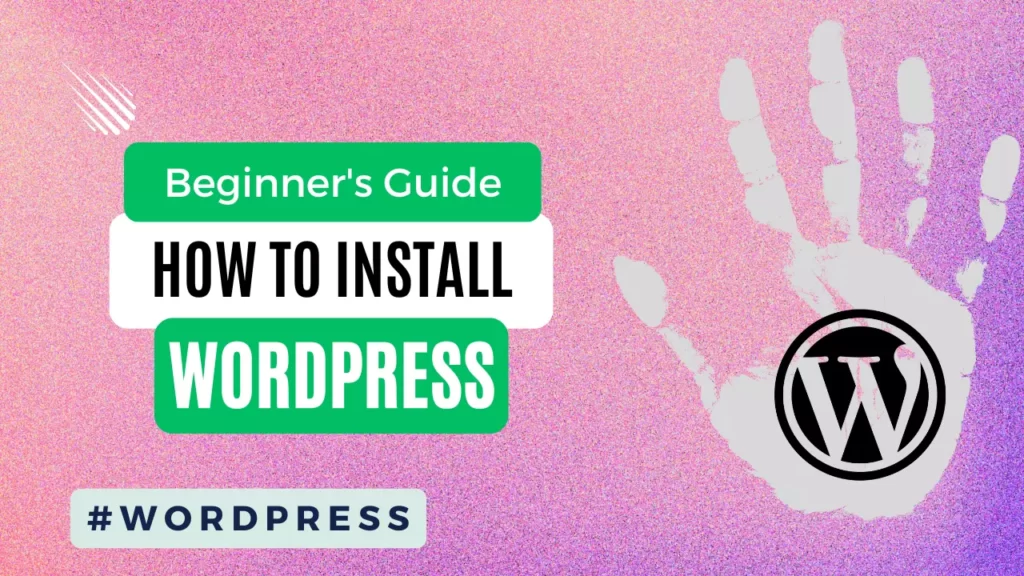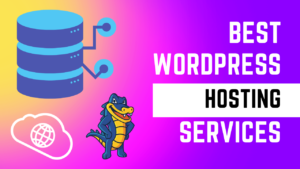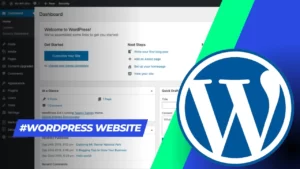If you are new to website building and looking for an easy way to get started, WordPress is the perfect platform for you. WordPress is a powerful and user-friendly content management system that allows you to create stunning websites without any coding knowledge. In this beginner’s guide, we will walk you through the process of installing WordPress step-by-step.
In today’s digital age, having an online presence is crucial for businesses and individuals alike. A website allows you to showcase your products, services, or ideas to a global audience, connect with customers and fans, and establish yourself as an authority in your field. However, building a website from scratch can seem daunting, especially if you have no coding experience. That’s where WordPress comes in. With its user-friendly interface and vast library of themes and plugins, WordPress makes it easy for anyone to create a professional-looking website in a matter of hours.

Here is the step-by-step beginner’s guide on How to Install WordPress
Step 1: Choose a Web Hosting Provider
Before you can install WordPress, you need to choose a web hosting provider. A web host is a company that provides space on the internet for your website to exist. There are many web hosting providers to choose from, but we recommend going with a reputable provider that offers excellent customer support and uptime.
Some of the Best WordPress Hostings are:
- BlueHost
- Hostinger
- a2hosting
- HostGator
Step 2: Choose a Domain Name
In the second step, you need to choose a domain name for your website. Your domain name is the web address that people will use to access your site, so it’s essential to choose a memorable and relevant name. You can purchase a domain name from your web hosting provider or a domain registrar.
Example of the Domain: ‘www.example.com’
Step 3: Install WordPress
Once you have chosen a web hosting provider and domain name, it’s time to install WordPress. Most web hosting providers offer a one-click installation process for WordPress, which makes it easy for beginners to set up their websites. If your web host does not offer one-click installation, you can download WordPress from the official website and install it manually.
Step 4: Customize Your Website
After WordPress is installed, you can start customizing your website. WordPress offers a wide range of themes and plugins that allow you to create a unique and functional website without any coding knowledge. You can choose a theme that suits your brand and style, install plugins to add functionality, and create pages and posts to add content to your site.
Conclusion
Remember that building a website is an ongoing process, and it’s essential to keep your content and design fresh and up-to-date. You may want to consider adding new features, such as a blog or an online store, to keep your website relevant and engaging. With WordPress, you can easily customize and update your website, even after it’s been published.
Lastly, don’t forget to promote your website and engage with your audience on social media and other platforms. Building a strong online presence takes time and effort, but it’s well worth it in the end. By creating a website that reflects your brand and values, you can attract a loyal following and grow your online business or personal brand.
In conclusion, WordPress is an excellent platform for beginners to create a website. By following the steps outlined in this guide and focusing on creating high-quality content, optimizing for SEO, and engaging with your audience, you can establish yourself as an expert in your field and attract more visitors to your website. Whether you’re creating a personal blog or an e-commerce site, WordPress offers endless possibilities for customization and growth. So why not get started today and see where your website-building journey takes you?



